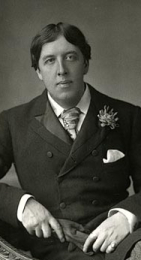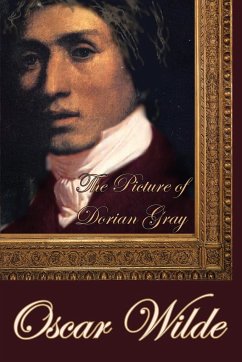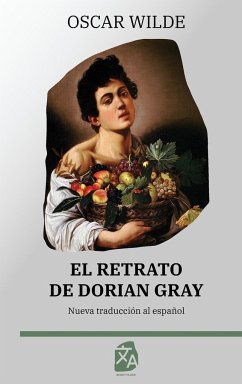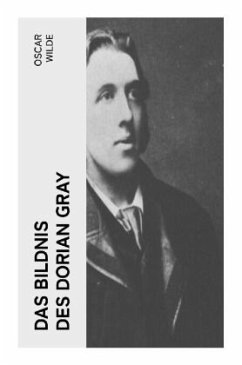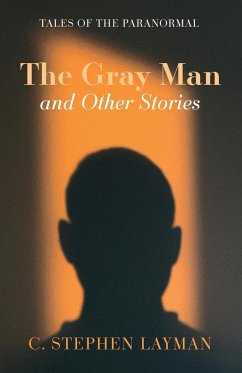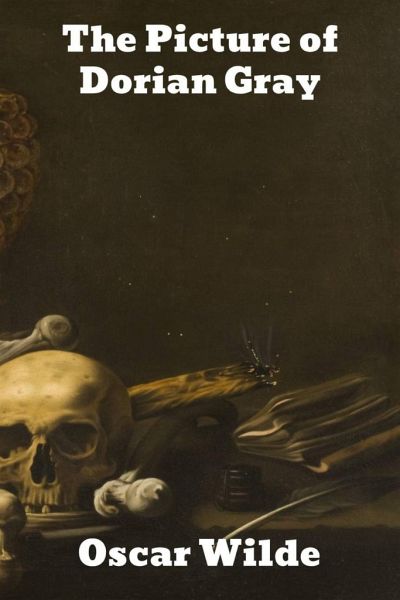
The Picture of Dorian Gray
Versandkostenfrei!
Versandfertig in 1-2 Wochen
16,99 €
inkl. MwSt.

PAYBACK Punkte
8 °P sammeln!
The Picture of Dorian Gray is a Gothic and philosophical novel by Oscar Wilde, first published complete in the July 1890 issue of Lippincott's Monthly Magazine. Fearing the story was indecent, the magazine's editor deleted roughly five hundred words before publication without Wilde's knowledge. Despite that censorship, The Picture of Dorian Gray offended the moral sensibilities of British book reviewers, some of whom said that Oscar Wilde merited prosecution for violating the laws guarding public morality. In response, Wilde aggressively defended his novel and art in correspondence with the Br...
The Picture of Dorian Gray is a Gothic and philosophical novel by Oscar Wilde, first published complete in the July 1890 issue of Lippincott's Monthly Magazine. Fearing the story was indecent, the magazine's editor deleted roughly five hundred words before publication without Wilde's knowledge. Despite that censorship, The Picture of Dorian Gray offended the moral sensibilities of British book reviewers, some of whom said that Oscar Wilde merited prosecution for violating the laws guarding public morality. In response, Wilde aggressively defended his novel and art in correspondence with the British press, although he personally made excisions of some of the most controversial material when revising and lengthening the story for book publication the following year. The longer and revised version of The Picture of Dorian Gray published in book form in 1891 featured an aphoristic preface—a defence of the artist's rights and of art for art's sake—based in part on his press defences of the novel the previous year. The content, style, and presentation of the preface made it famous in its own right, as a literary and artistic manifesto. In April 1891, the publishing firm of Ward, Lock and Company, who had distributed the shorter, more inflammatory, magazine version in England the previous year, published the revised version of The Picture of Dorian Gray. The Picture of Dorian Gray is the only novel written by Wilde. It exists in several versions: the 1890 magazine edition (in 13 chapters), with important material deleted before publication by the magazine's editor, J. M. Stoddart; the "uncensored" version submitted to Lippincott's Monthly Magazine for publication (also in 13 chapters), with all of Wilde's original material intact, first published in 2011 by Harvard University Press; and the 1891 book edition (in 20 chapters). As literature of the 19th century, The Picture of Dorian Gray "pivots on a gothic plot device" with strong themes interpreted from Faust. The Picture of Dorian Gray begins on a beautiful summer day in Victorian era England, where Lord Henry Wotton, an opinionated man, is observing the sensitive artist Basil Hallward painting the portrait of Dorian Gray, a handsome young man who is Basil's ultimate muse. While sitting for the painting, Dorian listens to Lord Henry espousing his hedonistic world view and begins to think that beauty is the only aspect of life worth pursuing, prompting Dorian to wish that his portrait would age instead of himself. Under Lord Henry's hedonistic influence, Dorian fully explores his sensuality. He discovers the actress Sibyl Vane, who performs Shakespeare plays in a dingy, working-class theatre. Dorian approaches and courts her, and soon proposes marriage. The enamoured Sibyl calls him "Prince Charming", and swoons with the happiness of being loved, but her protective brother, James, warns that if "Prince Charming" harms her, he will murder him. Dorian invites Basil and Lord Henry to see Sibyl perform in Romeo and Juliet. Sibyl, too enamoured with Dorian to act, performs poorly, which makes both Basil and Lord Henry think Dorian has fallen in love with Sibyl because of her beauty instead of her acting talent. Embarrassed, Dorian rejects Sibyl, telling her that acting was her beauty; without that, she no longer interests him. On returning home, Dorian notices that the portrait has changed; his wish has come true, and the man in the portrait bears a subtle sneer of cruelty.



